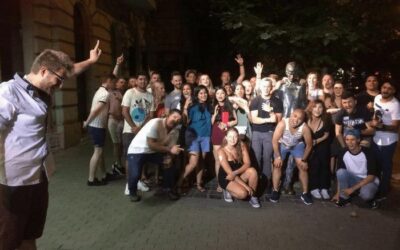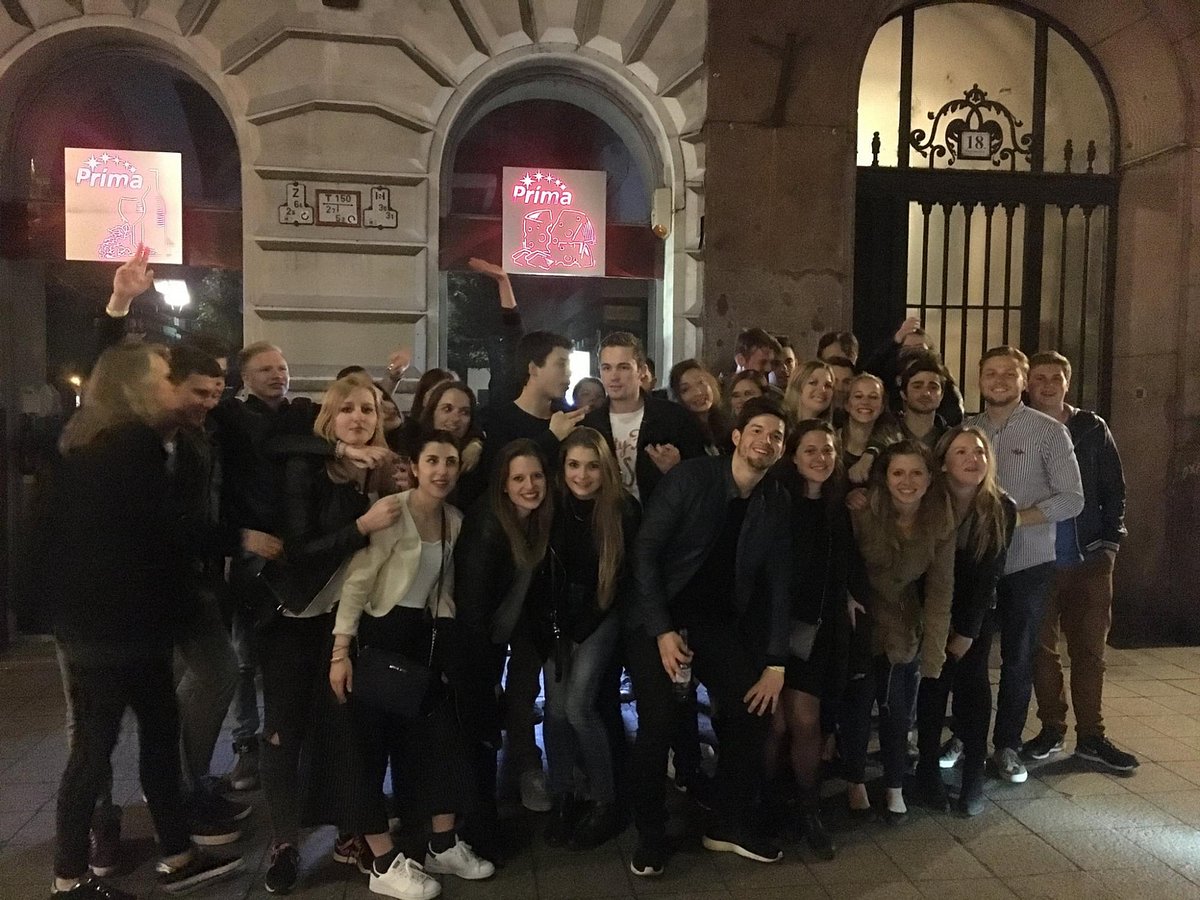The most famous district in Amsterdam is the Red Light District, which is popular all over the world. But have you ever thought when all these started? In this article, we will have the opportunity to unravel the history of this district and its beginnings.
The Medieval Roots
De Wallen, the Red Light district is as old as the 14th century. At this time the city of Amsterdam was growing effectively at an incredible rate because of the new trade business. Men of business, including sailors, settled in the city hence causing an increased need for social amenities such as prostitution.
As a result, the authorities named places and streets where prostitutes could work legally. Such zones were usually located close to churches and monisters.
Of interest to this analysis is the legal act governing prostitution that was passed in England in 1578, known as the Prostitution Regulation Act.
Amsterdam’s Red Light District continued to become more established after a few years with enactment of what is known today as the Prostitution Regulation Act of 1578. This act was meant to police and contain prostitution in the city.
The Act said that prostitution practice was allowed in particular zones and the prostitute have to officially register to the city authorities. For instance, this regulation helped the city to oversee and safeguard the employees besides reigning in the sector.
Changes in the 19th Century
Sweeping changes accosted the Red Light District in the course of the nineteenth century. As the city expanded, there were some transformations which included urban redevelopment in the new city of Amsterdam. Most of the small lanes and structures in the district were torn down in a bid to pave way for other modern constructions.
However, instead of reducing the prominence of the area, it just moved to the so-called Red Light District near the Oudezijds Voorburgwal canal. This area ensured prostitution went on while at the same time creating the basis for more tourist arrivals.
The Modern Era
In the 20th century, there emerged social issues aould operate in such as theft,CLUD Prostitution and human trafficking in the Red Light District. After this several steps were taken to improve the standard of the workers; their safety and general welfare.
Today the Red Light District in Amsterdam is a legal and controlled profession. Prostitutes are required to take health check-ups, and operate in premises licensed. It is cited that the authorities keep a close check on the district for the safety of the workers and visitors.
A new episode takes place at the Red Light District.
If ever you find yourself lost in Amsterdam, it’s not likely for one to shy away from visiting the Red Light District. However, it’s important to be respectful and follow the regulations in place:
- Photography is however not allowed to prevent identity exposure of the workers.
- Such things like knocking on window or moving hands inappropriately is prohibited.
Do not forget that the Red Light District is the people’s working territory, which is not a scenery.
This way you will help keep the environment in the district free from any form of misconduct and or vandalism.
Conclusion
The space commonly known as the Red Light District in Amsterdam has been around for several hundred years. Even though it all started in the Middle Ages with unauthorized informal groups performing tricks for coins, the district has gone through substantial changes.
It is imperative that once you walk through the streets of this district, you take time and have a look into the past and background of the area.





